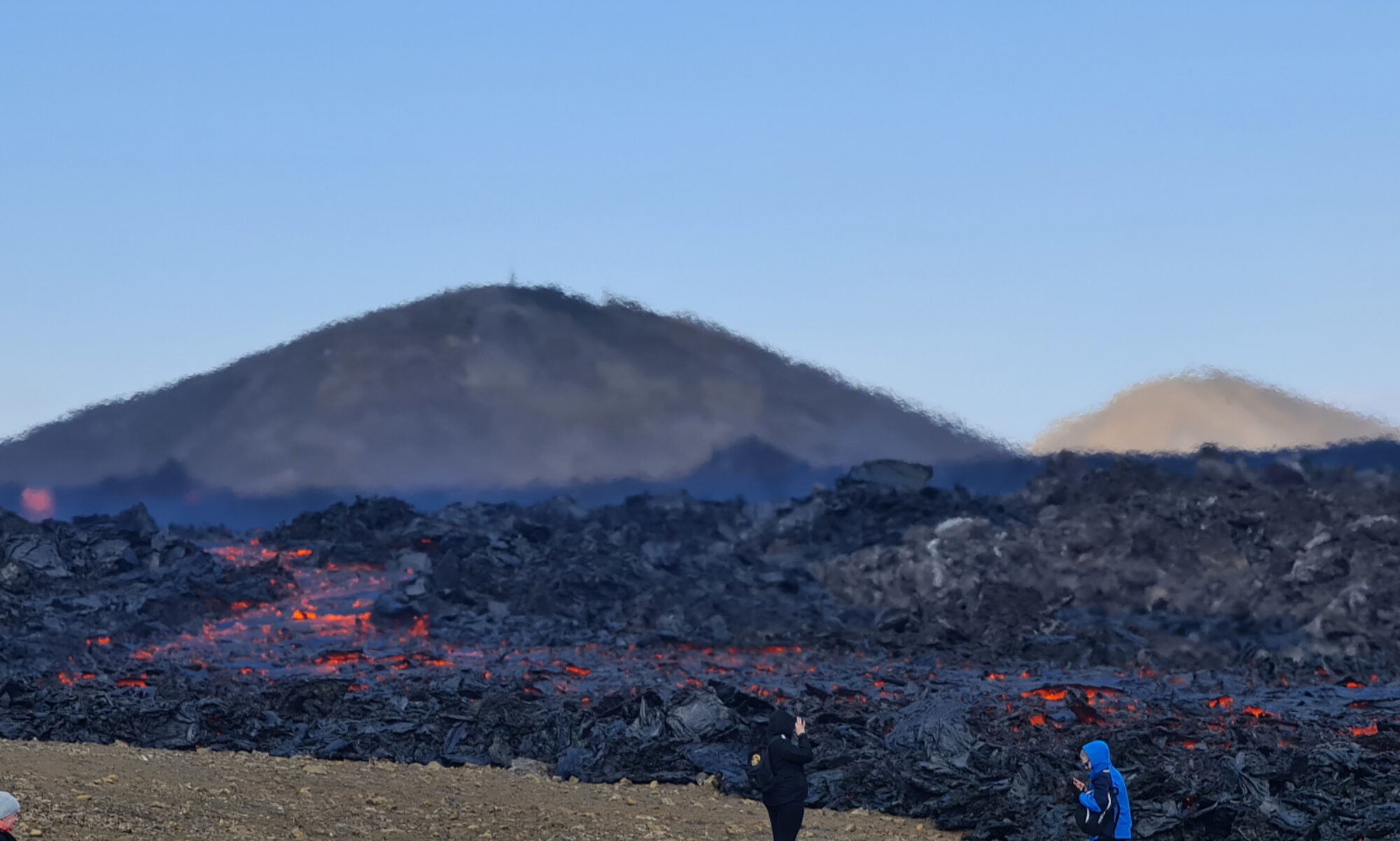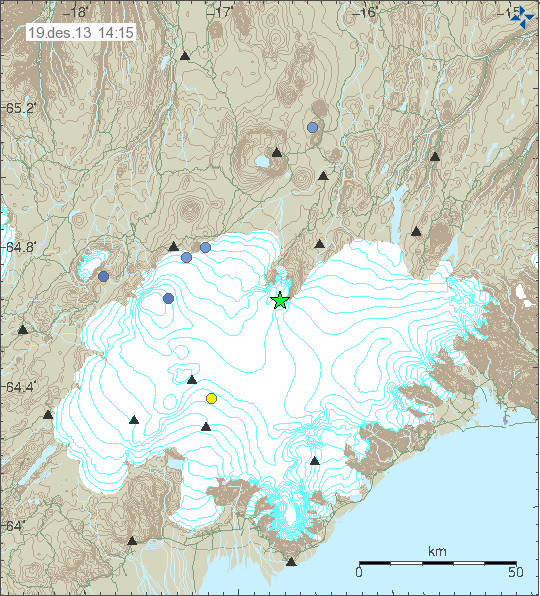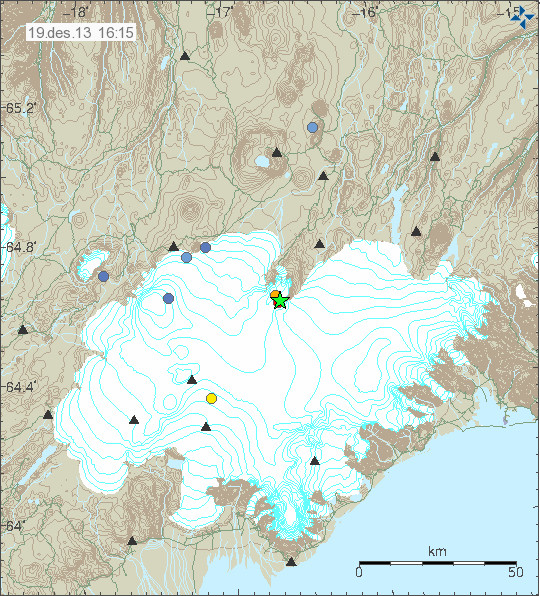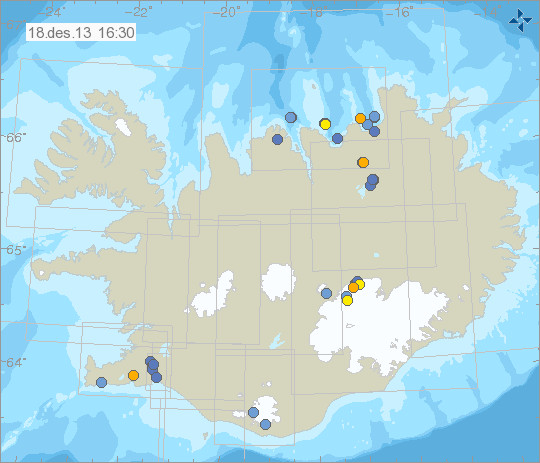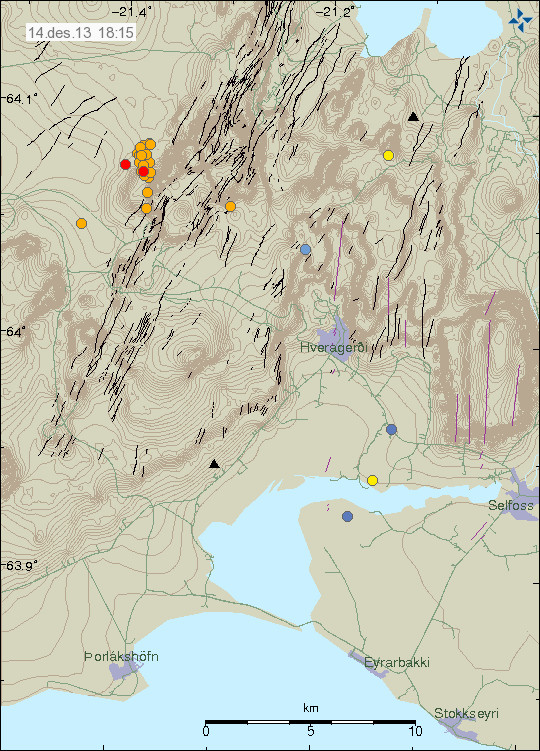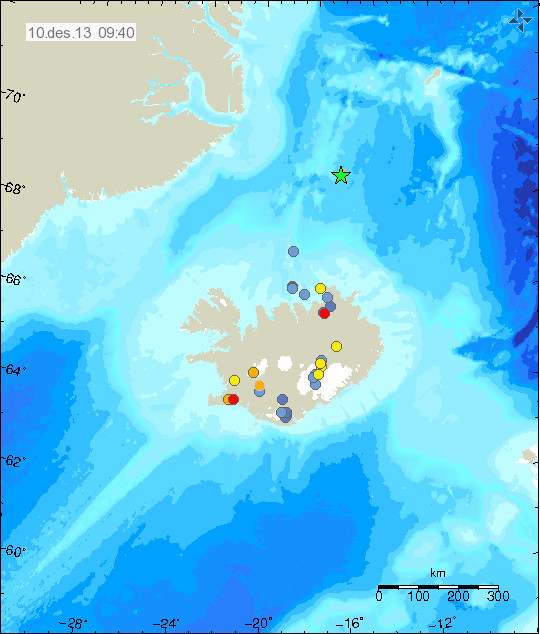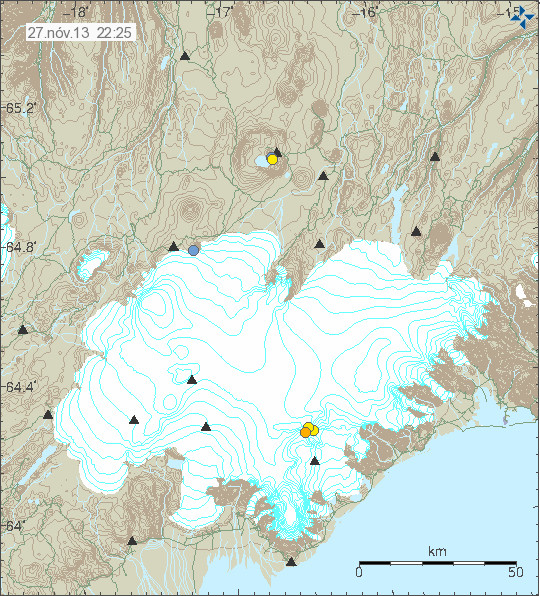I need donations in December as any other month. I am not going into details since I have explained them before and they can all be found here already. I do know one thing, mentally it is really wearing me out to always have money problems over the past few months and this problem is going to continue for the next year as thing currently stand. I hope that this problem is going to be resolved one way or an other, but that is not looking good as is. In December I am having the continued money issue as before and it does not look good currently money wise. As things stand now I won’t be able to afford anything in December and that is a lot worse status now then I was having last year. Since I need to cover many types of cost as anyone else. I also want to point out that geology is a field of patience, since often nothing can happen for a long time (as we see it). If you are bored waiting for something to happen you can pass the time by reading my short stories that I put on-line here. It is at least an way to pass the time when nothing is happening in Iceland. I update my short story website regularly when I finish new stories.
I have found a new website that allows me to add an donation button to this website. I am currently in verification process with that website and I hope to finish it in next few days. Once that progress is finished the new donation button is going to be added to this blog. If you want to donate to me regularly then it can be done by using the subscription button. I have not found this service in the same manner anywhere else then on Paypal. I am going to use Payza for one time donations. If you want to send one time donations to my Paypal account then you have to use my email address as explained here.
I also need donations to buy new hardware. This is just for repairs and to strengthen my geophone network in readability.
1: I need a new hard drive for Skeiðflöt geophone station (more details on this station below). A new hard drive costs 11700 ISK or 70,29€ (521,39 DKK).
2: I need to buy a backup power for Böðvarshólar geophone station. It costs 8950 ISK or 53,77€ (398,84 DKK). I did delay buying this due to lack of money at present time. I hope to buy the backup power in January-2014 at the latest if I can afford it. I am going to buy this backup power in December if I get donations for it.
The hard drive in Skeiðflöt geophone station is failing and has been doing so since earlier this year. I need to replace it before the hard drive fails completely. I have ordered a new one already and that is one of the reason why I don’t have any money at the moment. I need to add backup power for Böðvarshólar geophone station to deal with power fluctuation in the area, mostly during bad weather and general power issues.
Changes to geophone network
In December the geophone station at Skeiðflöt is stopping operation for good. The reason being is that the person how is hosting it for me is having personal changes and cannot host it for me any-more. This is the downside of having geophone station located in someone house. The hardware is going to be relocated to north Iceland and a new station is going to start operation. That geophone station has the name Bjarghús. I expect Bjarghús geophone station to be up and running around 20-December-2013 at the latest.
Thanks for the support.
